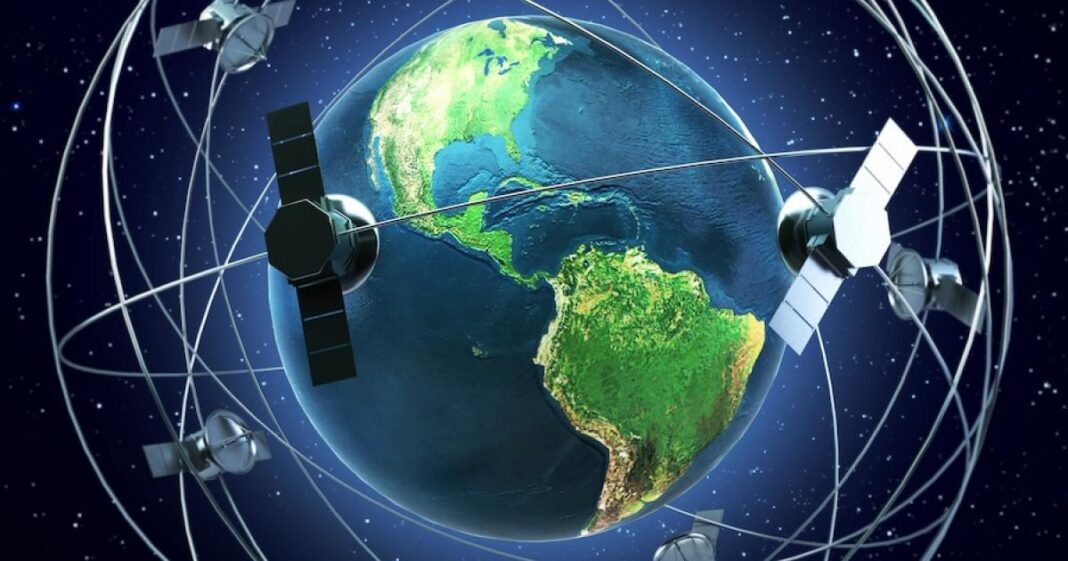Nature and all that it provides is worth around $44 trillion of economic value generation, more than half of the globe’s total GDP. Further, according to the World Economic Forum’s Global Risks Report 2023, half of the world’s economic output is dependent on fully functioning natural systems. However, biodiversity and entire ecosystems are on the verge of collapse within the next 10 years.
Thus enters nature tech — any technology that serves to accelerate the conservation and preservation of nature.
Nature tech is proving to be a rising star for investors. In 2022, the sector received $1.6 billion in venture capital funding, and CTVC, a company specializing in the analyses of global climate tech funding trends, predicted that markets such as nature tech will continue to grow in 2024 and 2025.
So, given the bright future of the sector, how can nature tech ensure transform sustainability?
Nature tech and AI
Nature tech is largely composed of AI and satellite data working in tandem to track, monitor and model potential future outcomes regarding the natural world.
This technology, also working together with people still filling boots-on-the-ground roles, has the potential to halt or even prevent everything from destructive natural disasters to deforestation to poaching.
Images and data captured from satellites, drones and local cameras are then analyzed by AI, which can identify trends.
“AI is really for crunching, synthesizing, coalescing and looking at the insights,” said Elizabeth Hunter, chief operating officer and co-founder of Treeswift, of different data pools during a keynote panel last week at GreenBiz 24, hosted by this site’s parent company, GreenBiz Group.
Satellite imagery
Biodiversity and land management data gleaned from satellites is indelible to the success of nature tech. High-resolution images captured from the more than 3,000 satellites orbiting Earth can show the destruction of natural resources occurring in real time, such as deforestation.
“You can use satellite imagery to know where deforestation could happen because you can see when roads are being cut through forests to do greater deforestation and greater tree cutting,” said Melanie Nakagawa, chief sustainability officer at Microsoft.
Nakagawa stressed that this information is also preventive, citing Amazon Conservation, an organization that uses satellite imagery, drones and GIS to discover deforestation throughout the entirety of the Amazon rainforest. The organization is then able to report the illegal activity to the authorities immediately.
Another vital service of satellite imagery is the prevention of wildfires. “Seven gigatons of carbon were emitted from wildfires,” said Nakagawa to emphasize the emission impact alone of wildfires. But with satellite imagery, companies and organizations can proactively execute “better resilience and optimization and prediction around responding to and addressing wildfires.”
Data sourcing
Nature tech’s impact will slam to a stop should pools of applicable data dry up.
“We lack a lot of data to pull insights from at this stage in the game,” said Molly Wood, founder and CEO of Molly Wood Media on the same panel. Indeed, all of the data currently in use for existing nature technologies makes up only 7 percent of data on the Earth’s total biodiversity and ecosystems, according to Nakagawa.
There are efforts underway to lower this barrier. The Taskforce on Nature-related Financial Disclosures released a report in 2023 calling for the creation of a public, global nature-related data facility.
Meanwhile, companies such as Nature Metrics have developed technology that can detect minuscule traces of DNA from water or soil samples, which is used to identify all of the organisms living in that local ecosystem.
But according to Millie Chapman, postdoctoral fellow and core team member at the National Center for Ecological Analysis and Synthesis and Climate Chain AI, the barriers created are due to larger, systemic problems.
“We think that maybe we have a lot of information about the world, but really that information is incredibly biased, and it’s biased along social and political dimensions,” said Chapman during the panel. For example, said Chapman, the amount of biodiversity data gathered from communities historically spared from redlining in the U.S. is nearly double the amount gathered from redlined districts.
As the nature tech sector moves forward and grows, it’s important to simultaneously expand data collection. If left unchecked, the algorithms fed to the AI will continue these inequitable trends.
“How can we ensure that we fill those data gaps in such a way that we don’t propagate these social inequities moving forward when we start to leverage all of this data and throw it into our AI models and our decision-making algorithms?” asked Chapman.
